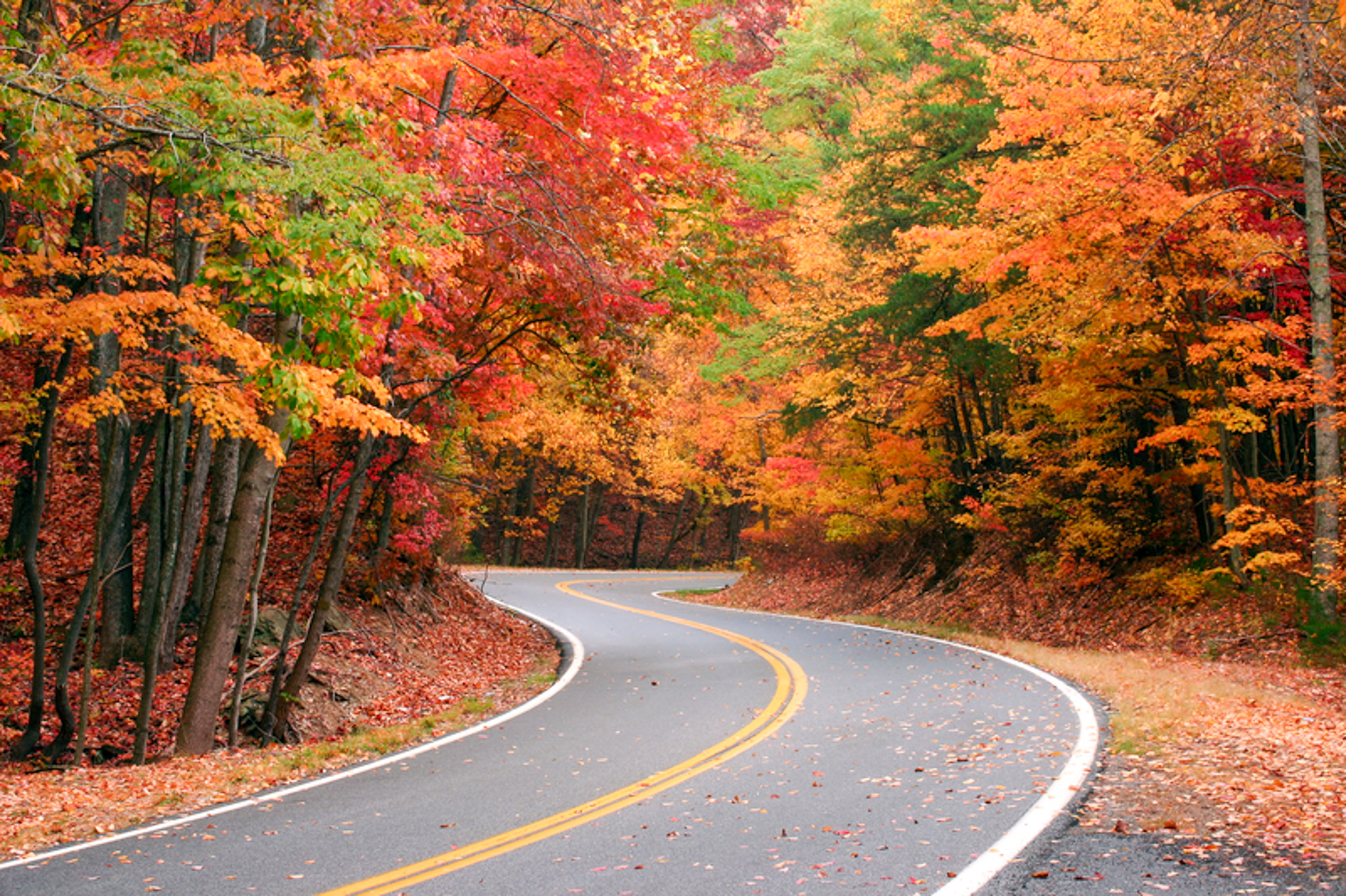Now Browsing:
Insects

After what seemed like an endless summer, I think that fall has finally arrived. The temperatures are dropping, the mornings and evenings have a chill and the trees are sporting the gorgeous reds, oranges and golds of autumn. And, at least in my neighborhood, the leaf blowers are out in full force. Soon, there will […]
read the post
©2006-2025 EMBASSY LANDSCAPE GROUP, INC.